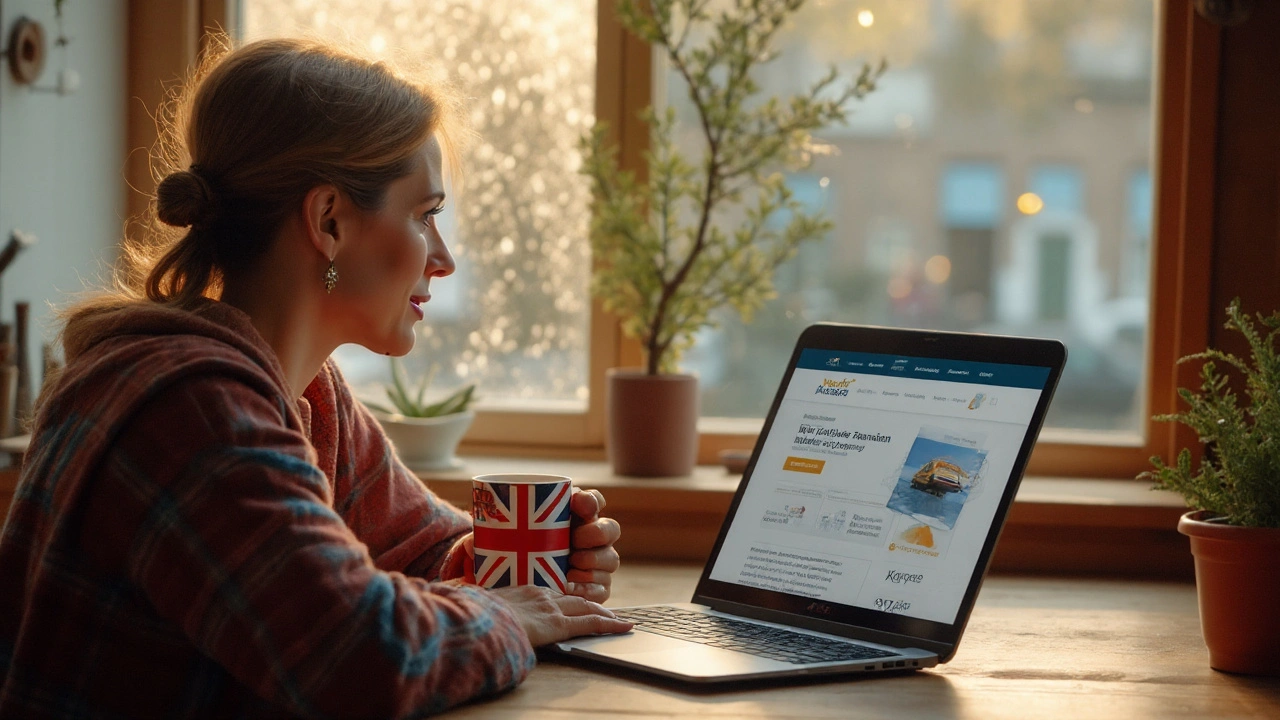Anticoagulant Basics: Simple Guide to Blood Thinners
If your doctor mentioned a blood thinner, you probably wonder what it does and if it’s safe. In short, anticoagulants keep your blood from forming dangerous clots that can block arteries or veins. They don’t dissolve existing clots, but they stop new ones from growing. Understanding the basics helps you follow the prescription without worry.
How Anticoagulants Work
Blood clotting is a chain reaction of proteins called clotting factors. Anticoagulants interrupt that chain at different points, making the clotting process slower or less efficient. Some block the vitamin K pathway, which the liver uses to produce clotting factors. Others target specific enzymes like thrombin or factor Xa. By tweaking these steps, the medicine keeps blood flowing smoothly.
Common Types and When They’re Used
Doctors mainly prescribe two groups: warfarin‑type drugs and the newer direct oral anticoagulants (DOACs). Warfarin (Coumadin) has been around for decades and needs regular blood tests (INR) to keep the dose just right. DOACs—such as apixaban (Eliquis), rivaroxaban (Xarelto), dabigatran (Pradaxa), and edoxaban (Savaysa)—have fixed dosing and don’t require routine testing for most people.
Anticoagulants are used for conditions like atrial fibrillation, deep‑vein thrombosis, pulmonary embolism, and after certain surgeries. If you have a mechanical heart valve, warfarin is still the go‑to choice because the newer drugs aren’t approved for that situation.
When you start a new anticoagulant, your doctor will explain the right dose, how often to take it, and any food or drug interactions to watch. For warfarin, foods high in vitamin K (leafy greens) can affect the dose, so consistency matters. DOACs are less picky about diet but can interact with some antibiotics, antifungals, and over‑the‑counter pain relievers.
Side effects usually involve extra bleeding. Small bruises or nosebleeds are common and often harmless, but you should call a doctor if you notice heavy bleeding, blood in urine or stool, or an unusually large bruise after a bump. Some people also experience stomach upset, especially with dabigatran, which is why taking it with food can help.
Because anticoagulants thin the blood, you’ll need to be careful with activities that could cause injuries. Wearing protective gear for sports, using a soft toothbrush, and avoiding sharp objects can reduce risk. If you need surgery or a dental procedure, tell your healthcare provider you’re on a blood thinner—they’ll tell you whether to pause the medication and for how long.
Never stop an anticoagulant on your own. Stopping suddenly can lead to a clot forming in minutes to hours. If you miss a dose, follow the instructions on your prescription label—usually, take it as soon as you remember unless it’s almost time for the next dose, then skip the missed one and continue as normal.
Storing your medication properly also matters. Keep tablets in a cool, dry place away from sunlight and out of reach of children. Some DOACs are packaged in blister packs that protect from moisture, while warfarin tablets should stay in their original bottle with a tight lid.
Finally, keep a list of all medicines you’re taking, including supplements and over‑the‑counter drugs. Share this list with every doctor, pharmacist, and dentist you see. A clear medication record helps prevent harmful interactions and ensures you get the safest care.
Anticoagulants can feel intimidating, but they’re powerful tools that keep you safe from life‑threatening clots. By understanding how they work, what to watch for, and how to use them correctly, you can stay confident and focused on your health rather than worrying about the medication.
Buy Cheap Generic Warfarin Online - Safe Tips & Price Guide
Learn how to safely buy cheap generic warfarin online, compare costs, verify reputable pharmacies, and manage therapy with practical tips.
